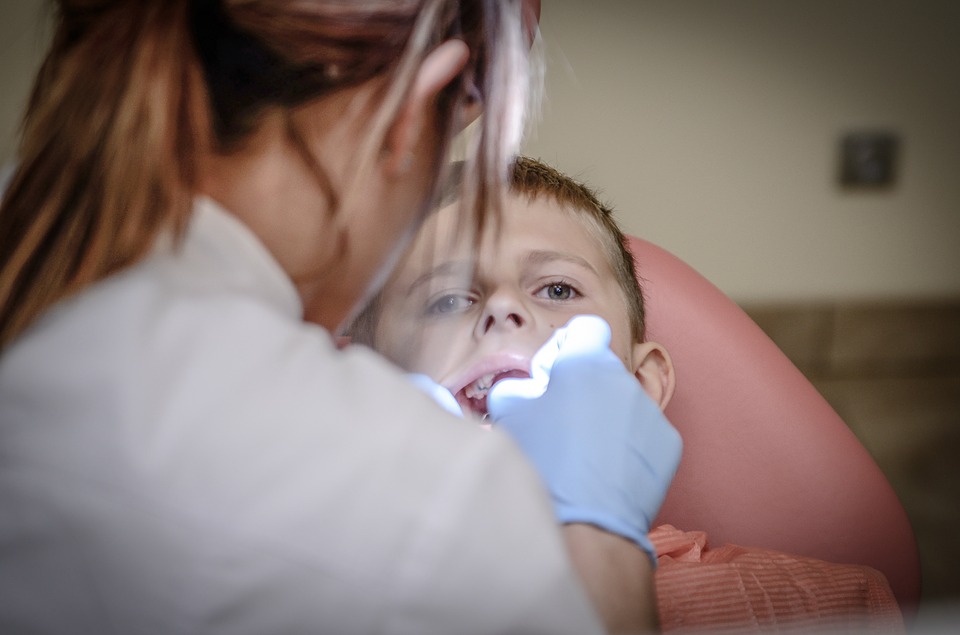Tongue thrusting is a condition in which the tongue protrudes from the mouth when swallowing or speaking. In some cases, the tongue may even protrude when the mouth is at rest. It’s a condition most common in young children, and it can lead to poor tooth alignment later in life. With that in mind, you should know the signs of tongue thrusting so you can correct the problem as soon as possible.
Here are five of the most common tongue thrusting signs.
- Protruding Tongue
This probably sounds like quite an obvious sign, but the tongue doesn’t always protrude enough to be particularly noticeable if you don’t know what to look for. You may simply notice that the tip of the tongue sticks out slightly between the teeth. This should be more evident when the child is swallowing or speaking.
- Mouth Breathing
Since children who tongue thrust don’t keep their mouths fully closed all the time, they may start to breathe through the mouth instead of through the nose. This can lead to several further complications, including sleep apnoea. If you notice your child breathing through their mouth instead of their nose, they might be a tongue thruster.
- Open Lips
Even if the tongue isn’t protruding, you may notice that your child’s lips rarely close completely. In some cases, they will find it very hard to bring their lips together, which could be due to either tongue thrusting or a structural abnormality.
- Open Bite
Tongue thrusting places pressure on the front teeth, moving them out of proper alignment. This often leads to an open bite. Ask your child to bite down and see how the teeth meet. If the front teeth don’t come together, your child has an open bite.
- Eating Problems
Children don’t tend to eat quite as politely as adults, but children who tongue thrust may suffer from more pronounced eating problems. Fast, slow, or messy eating are all common problems associated with tongue thrusting.
If you think your child may suffer from tongue thrusting, then get in contact with a dentist today.
- Overcoming Challenges in the Production of THC Seltzers - 10th May 2024
- The changes in dental marketing - 12th October 2022
- Online aligners or surgery based ones? - 12th October 2022








